In honour of our 55th year as an independent nation (for all intents and purposes) on the first of October, here are 55 things you should know about Nigerian cuisine, 55 things I’m celebrating.
What is it like?
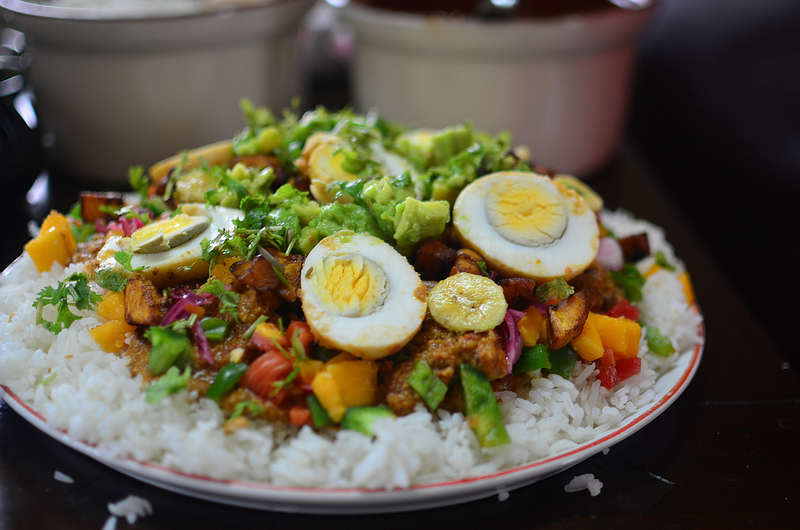
- How to describe it? An interesting melange that’s vibrant and flavourful with rich stews, sauces, fresh fruits and vegetables
- Often mistaken for being ‘pepper hot’ when ‘spicy’ is right, because our food has more dimensions than one ‘pepper’ note
- The essentials are often fresh – tomatoes, onions, chilies, greens
- A variety of intriguing herbs and spices make for a rich pantry and flavourful food
- It is twinned with Brazil through the slave trade – Acaraje, Farofa, Imoyo, Frejon (dishes that show the transfer of culture & cuisine)
- It has similar elements to SE Asian cuisines like Thai and Vietnamese – use of fermented fish (Nigerian crayfish, Thai fish sauce, shrimp paste) for umami, fresh coconut, herbs, light broths and more
Facts, Figures & More

- Our cuisine is regional though with common elements of (leafy) stews and starches. Each region has characteristic dishes, with staples in the south made from maize/corn, yams, cassava/manioc or plantains. In the north, rice, millet and sorghum are very common.
- Nigerian Jollof is King. Not Ghanaian or Senegalese or any other. Thank you.
- We are the only African country to have pyramids besides Egypt. Of groundnuts.
- We are first on the list of yam producers
- We are one of the leading producers of (sometimes seen as dangerous) Tonka beans, with Venezuela
- Fresh, fresh, fresh – we eat a lot of fresh produce, in season too
- New discoveries are being made in the Nigerian kitchen. For instance, you can do more than ‘lick’ Agbalumo; make Akara without slaving to peel the beans and pound yam in a food processor. Makes for creative and efficient cooks, me thinks
- And you can do more with garri than soak or cook it. Like crust, like pan fry, like crumble topping
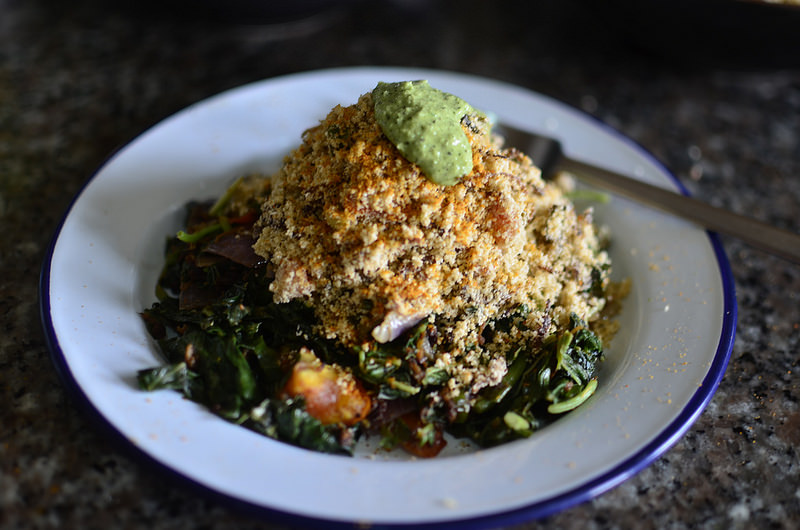
In Season
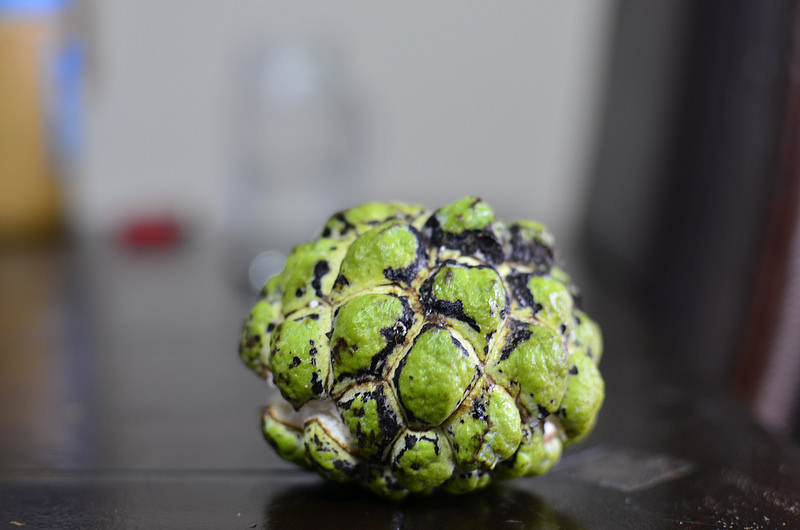
- January – Carrots, Agbalumo, Sugar cane
- February – Mangoes
- March – Pepper fruit, Velvet Tamarind, Guava
- April – Black Walnut
- May – Local strawberries
- June – Corn, Ube, Shadock, Sea almonds
- July- Groundnuts, Soursop
- August – Yams, new yams,Cocoa, Money Kola
- September – Garden eggs, Custard Apples
- October – Watermelons, Oranges
- November – Garden eggs
- December – Ube Okpoko, June Plums, Jos Tomatoes
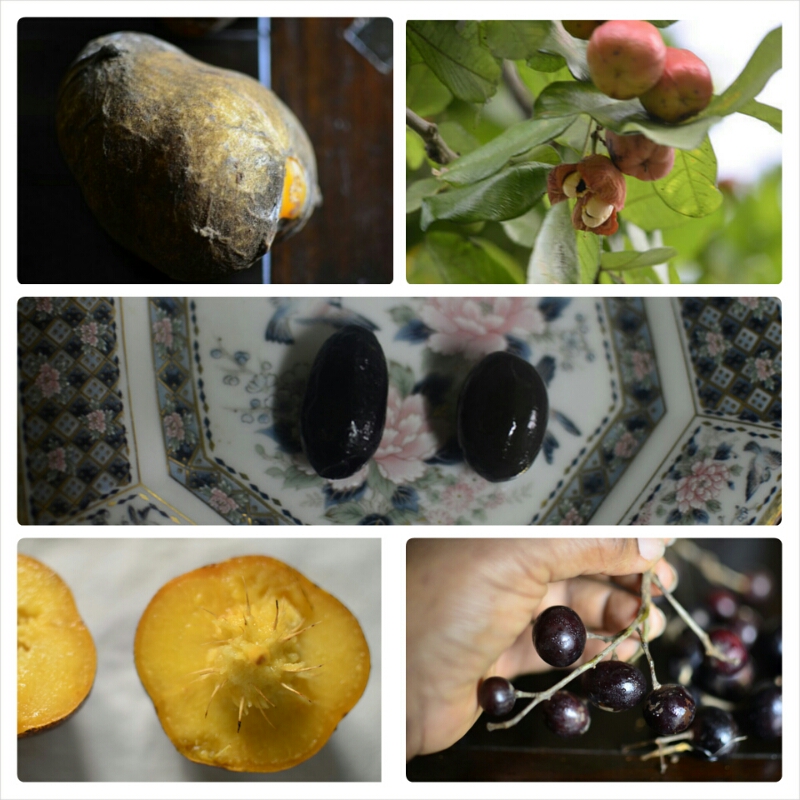
Food festivals/ Festivals with food

- New Yam festival, with Ofe Nsala
- Ramadan
- Argungu Fishing Festival
Regional specialties
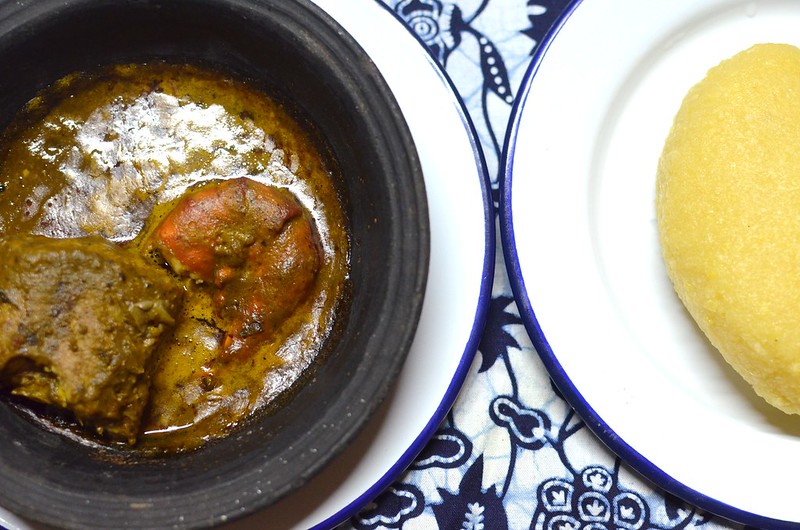
- Ukodo, from the people of the Niger Delta, a sweet pottage of yam and meats in a flavourful broth
- Banga soup – best served in a clay pot. With love.
- Ofada rice – a fermented, sweet and flavourful rice from, yes, Ofada
- Worowo, a soft leafy green from the west of Nigeria, great with pounded yam
- Fried yam at Saminaka, in the north, a junction town that serves up delightful chicken
- Edikan Ikong, a leafy green stew from the South-South
- Tuwon, rice balls served with soups and stews from the Nigerian north
- Masa, a sweet rice cake from the north
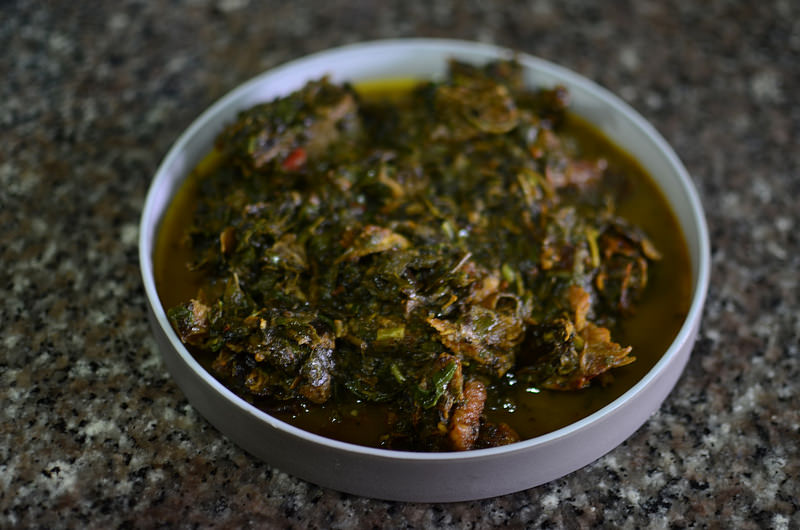
Definitive Dishes
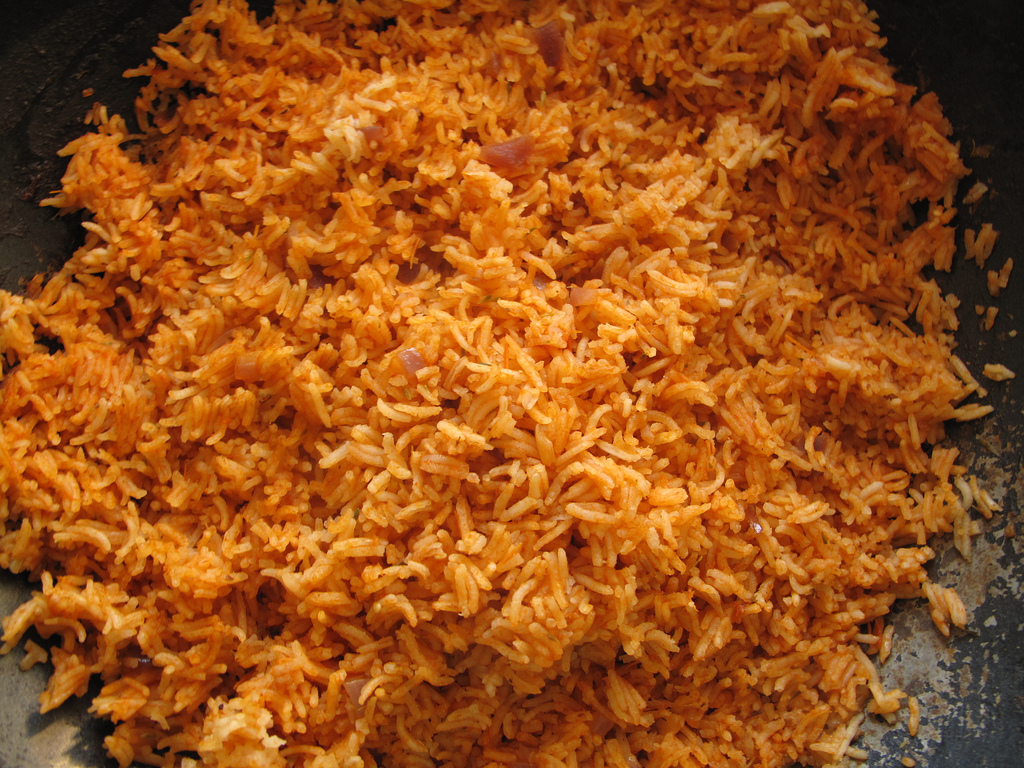
Must-try Nigerian drinks
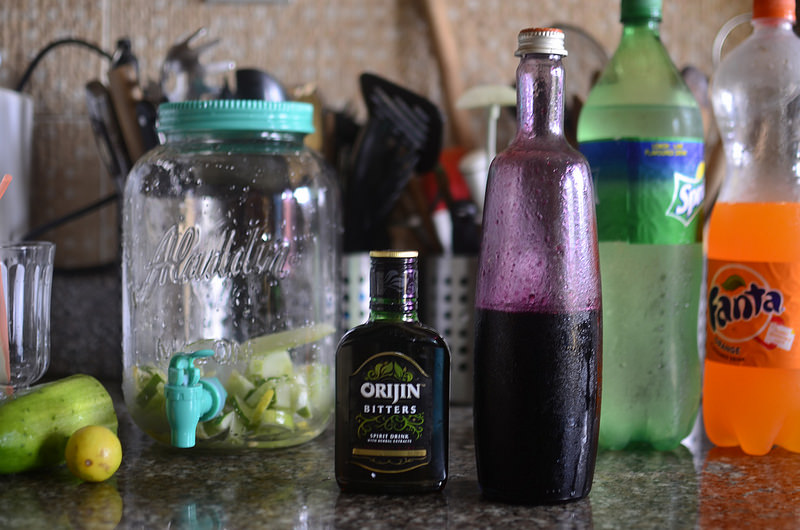
- Chapman, a refreshing blend of soft drinks and blackcurrant cordial. Can be revved up too with a dash of alcohol
- Zobo, an infusion made from the dried flowers of a variety of Hibsicus. Also known as red sorrel
- The family Kunnu
- Fura de nono
- ‘Green Sands’ Shandy….ok, ok, a riff on the combo of soda and lager
New takes on the ‘Old’ – Herbs & Spices
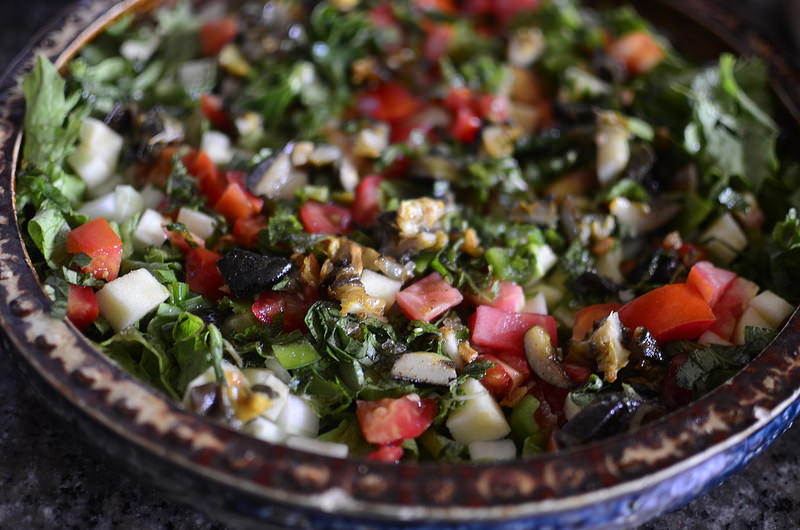
- Scent leaves with sugar & spice, in cocktails…; Snails in many ways
- Grains of selim for more than pepper soup – great in tomato stews
- Bitter leaf in drinks
Snacks
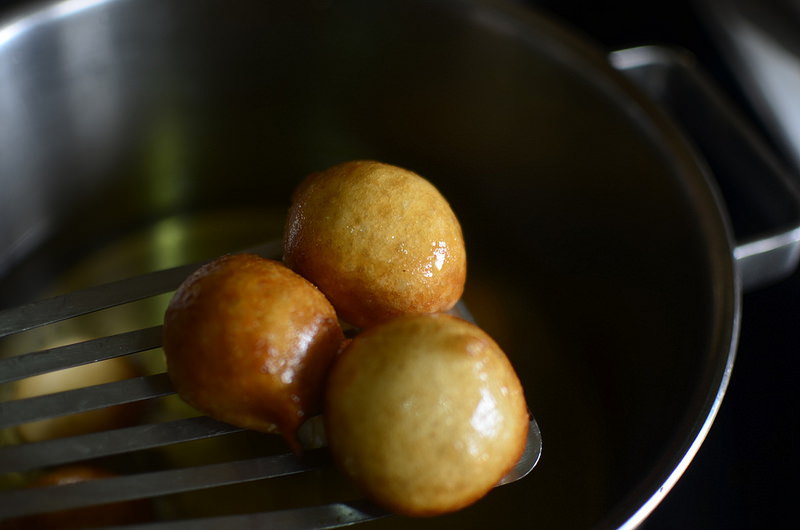
Streetfood
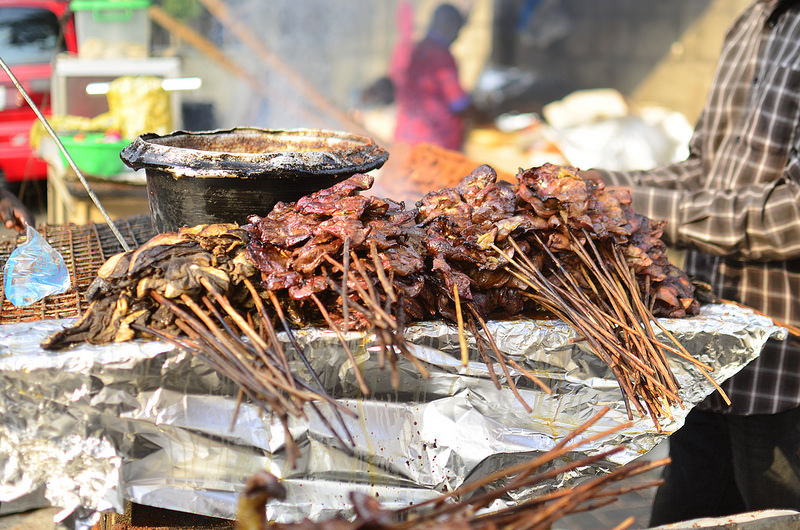
So there – 55 things you should know about Nigerian cuisine, in celebration of our Independence.
What else would you add to the list?

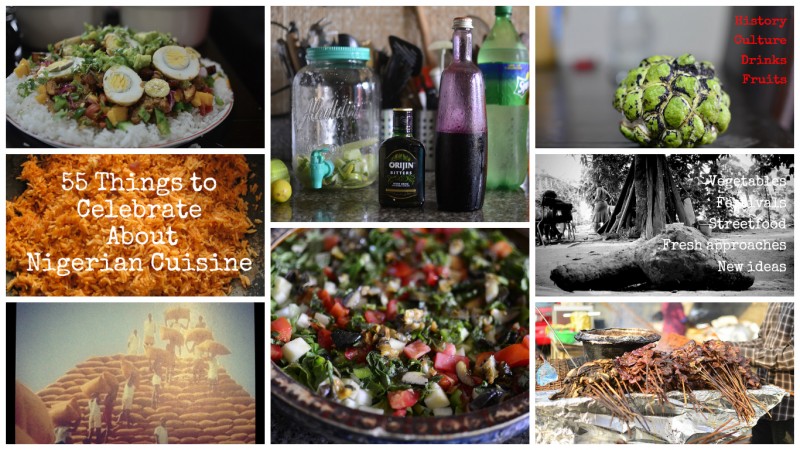
Leave a Reply